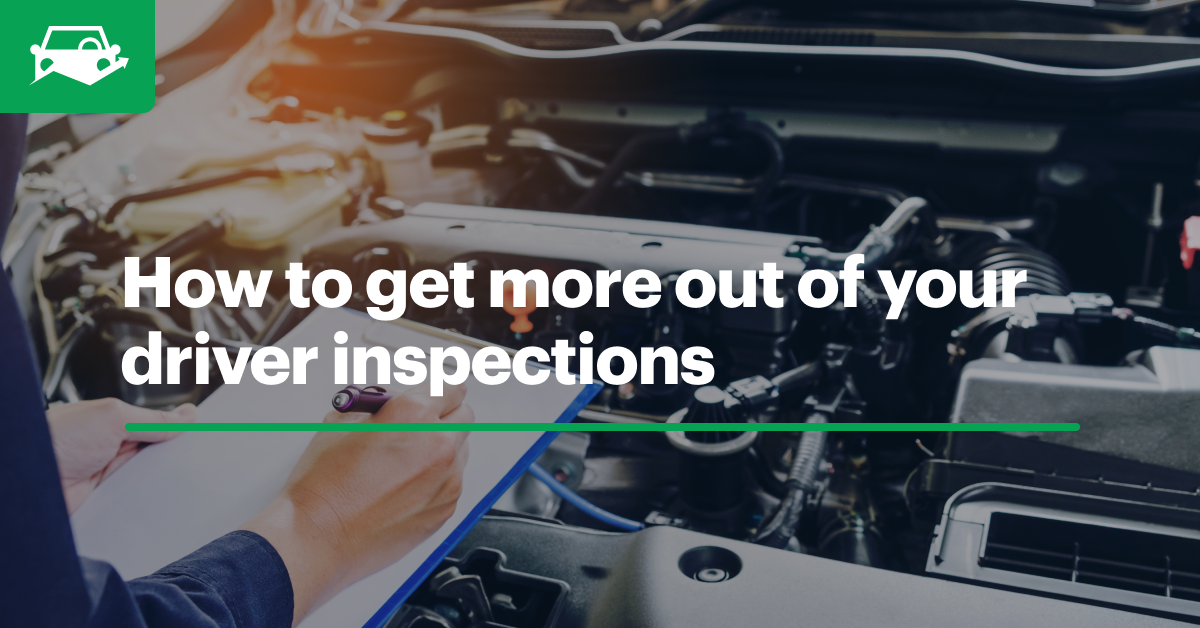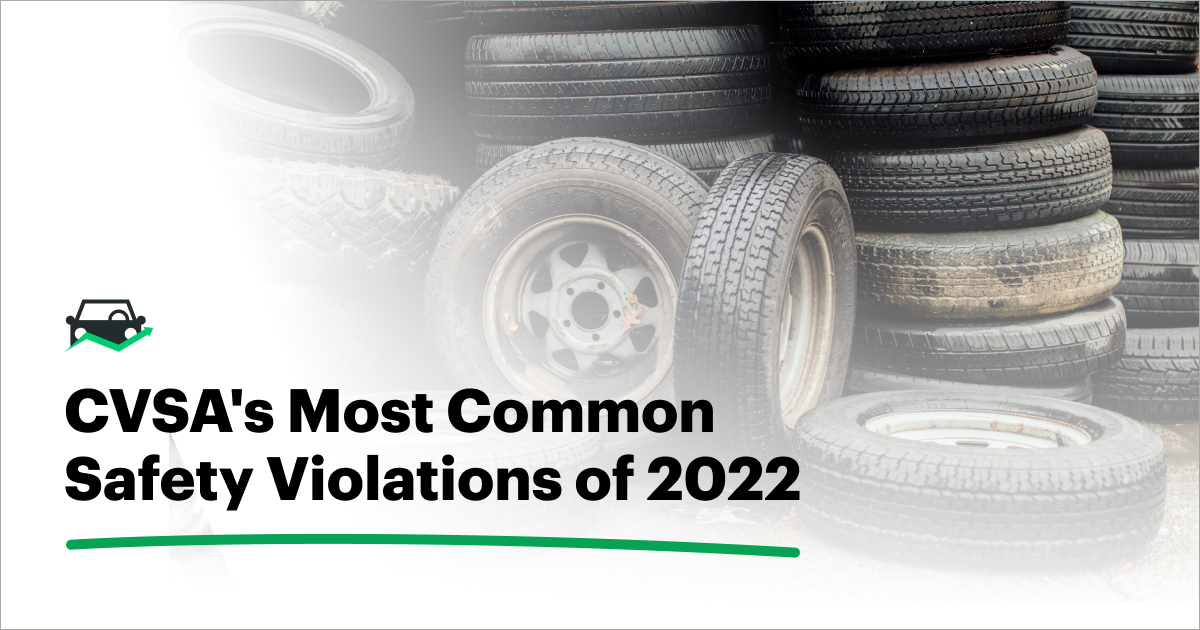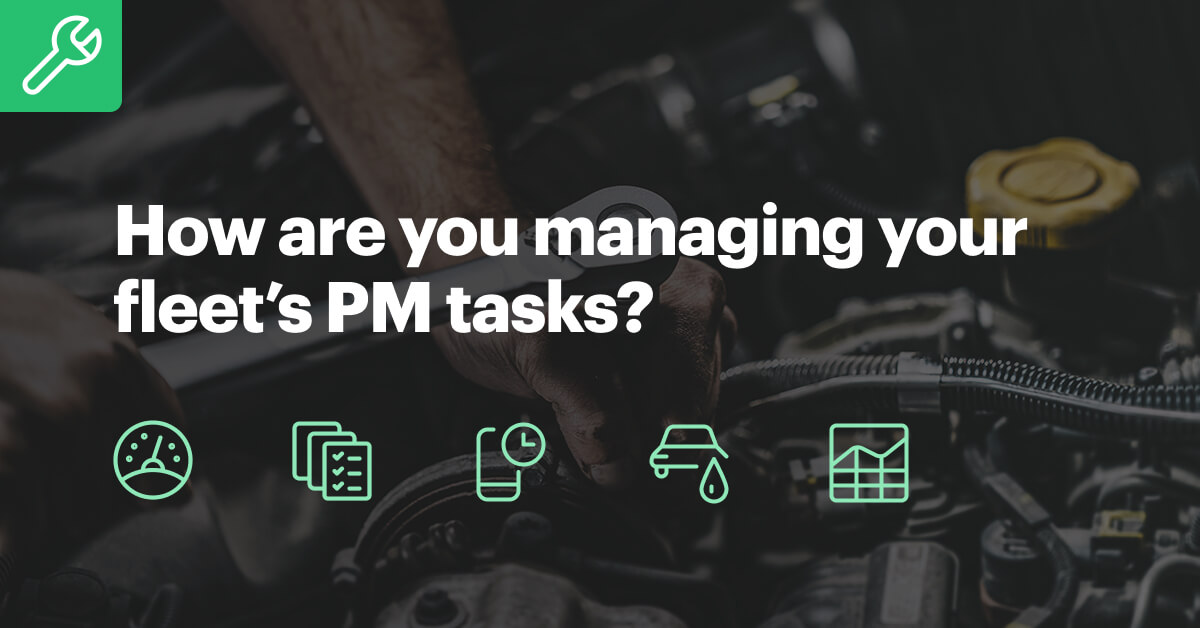No really. They’re not just another form. There’s a whole lot of valuable information hiding in your inspections, if you’re only willing to look for it.

There can be a bit of a tendency to view daily vehicle inspection reports as nothing more than a bureaucratic box to check, but we here at Fleetio would like to gently push back on that assumption. DVIRs present a prime opportunity to look into the health of your fleet as a whole – the state of your assets, how and when drivers are reporting issues, and if those issues are being addressed in the shop, among a slew of other small-but-not-insignificant data points.
If you haven’t been paying super close attention to your inspections, whether it’s because they’re time consuming or you haven’t gotten much value out of it in the past, there’s a good chance that your problem is in the process. Having bulky, cumbersome forms with overly repetitive fields to comb through on the daily can be a huge time waster, not just for you, but for your drivers as well.
If your drivers aren’t motivated to fill out their forms because they feel like a waste of time, you’re not getting the information that makes the inspections usable. And if you’re not actually using those inspection forms to make decisions that can better the fleet, then there’s no reason for your drivers to feel like they should do the inspections well. Do you see the dilemma here?
Inspections don’t have to be a never ending circle of wasted effort – with a quick audit of your process, you can get your inspections to the point where they are serving you, and not the other way around. Let’s look at two big things that you can do to make sure your forms are clear and easy to understand so that you can start pulling those sweet, sweet insights out of your DVIRs.
1. Keep it simple and streamline to save time.
There’s a high likelihood that if your drivers are using multiple forms on a regular basis, there are duplicated fields that are causing them to repeat themselves across different entries. That can create a sense of frustration that decreases the thoroughness of your inspections and adherence to the process over time.
Bryan Abbott with Asplundh AUS figured out that his Hazard Assessment Check form had a lot of coinciding fields with his DVIRs, and so he worked with his safety and compliance manager to make sure that the forms still accomplished what they needed to, without any of the repetition. They also questioned what was necessary for their operation both from a data and compliance perspective, and trimmed away the fat of whatever didn’t fit those categories.
"The daily pre-start forms that get done through [our] Fleetio platform, a lot of the questions on the daily pre-starts on the vehicles also were duplicated on the HAC form," Bryan said. "So between myself [and] our National Safety and Compliance Manager, we re-wrote all our forms, and any question that was duplicated across all the forms was minimized only to go into one form."
This helped save a lot of time in the form filling process and made their operators feel like they weren’t being asked to do something simply for the sake of a process; the process instead had been tailored to value their time and effort.
"We don’t want people having to spend 10, 15 minutes every day just filling forms out," Bryan said. "And especially if it’s the same thing day-in, day-out. Unfortunately from a compliance point of view, we’ve got to do it, but the processes, we want to streamline and pull it right back to be as lean as we possibly can to minimize downtime."
2. Stop using paper.
If you’re still using paper forms to complete your DVIRs, you’re essentially creating triple the work for yourself as a fleet manager – not only do you have to actually read the inspections, you’re likely also having to manually log them into your computer for things like work orders, and then duplicate and organize them so you and your drivers both have a backlog of copies. On top of that, written forms take a lot longer for drivers to complete, and if they’re in a rush, you can run into issues with legibility or skimping on reporting.
Creating an electronic DVIR (eDVIR), whether it’s something like a Google Form or an automated form in your fleet management software, can save loads of time for you and your drivers alike. Digital forms can generally be completely from a smartphone or tablet, which means no messy handwriting and better ease of use that frees up drivers’ hands during inspections. It also means that reports can be automatically sent to you as soon as they’re completed with no delay, and drivers always have a copy ready to go for things like road checks or audits.
With eDVIRs, you can also create preset criteria for certain inspection points so that answers don’t vary, meaning you always get a clear response to the question at hand.
Once you’ve gotten the clutter of your inspection process out of the way, you can really start to break down what you’re seeing in the DVIRs that come across your screen. Here are the benefits you can expect to see from paying attention to your inspections.
-
Improved Vehicle Condition – You always want to make sure that your assets are in good working condition and ready for the day ahead. As issues arise, you can use your DVIRs to categorize those issues and prioritize them for repair in a way that fixes the problem and reduces downtime, keeping vehicles in a more consistent working state.
-
Better Maintenance Timelines – You should always have a well-defined preventive maintenance schedule for each of your assets, but if you start to observe potential issues that necessitate action sooner than intended, you can adjust your maintenance timelines accordingly and stay on top of vehicle health.
-
Reduced Chance for Citations – In addition to catching big repairs ahead of time, inspections let you stay on top of smaller maintenance tasks like broken tail lights or faulty turn signals. That means less likelihood of getting pulled over for mechanical infractions.
-
Fewer Accidents – Vehicles are safer when they stay in good operating condition. DVIRs are meant to draw your attention to potential safety issues, so keeping those in check will generally mean less on-road incidents.
-
Cheaper Insurance – It goes without saying that the less accidents you’re in, the less your insurance will cost.
-
Better Driver Morale – Having the right criteria addressed in your inspections means vehicles stay in better conditions, and good vehicles mean happy drivers. Nothing is worse than being constantly assigned to a faulty asset and having to deal with all its quirks on the job, or worse, getting stranded on the side of the road with a problem that could have been fixed based on the inspection.
Ready to try a new way of handling your inspections? Fleetio lets you streamline your inspection process with easy-to-use eDVIRs and automated maintenance workflows. Start your free trial or request a demo of Fleetio today!




